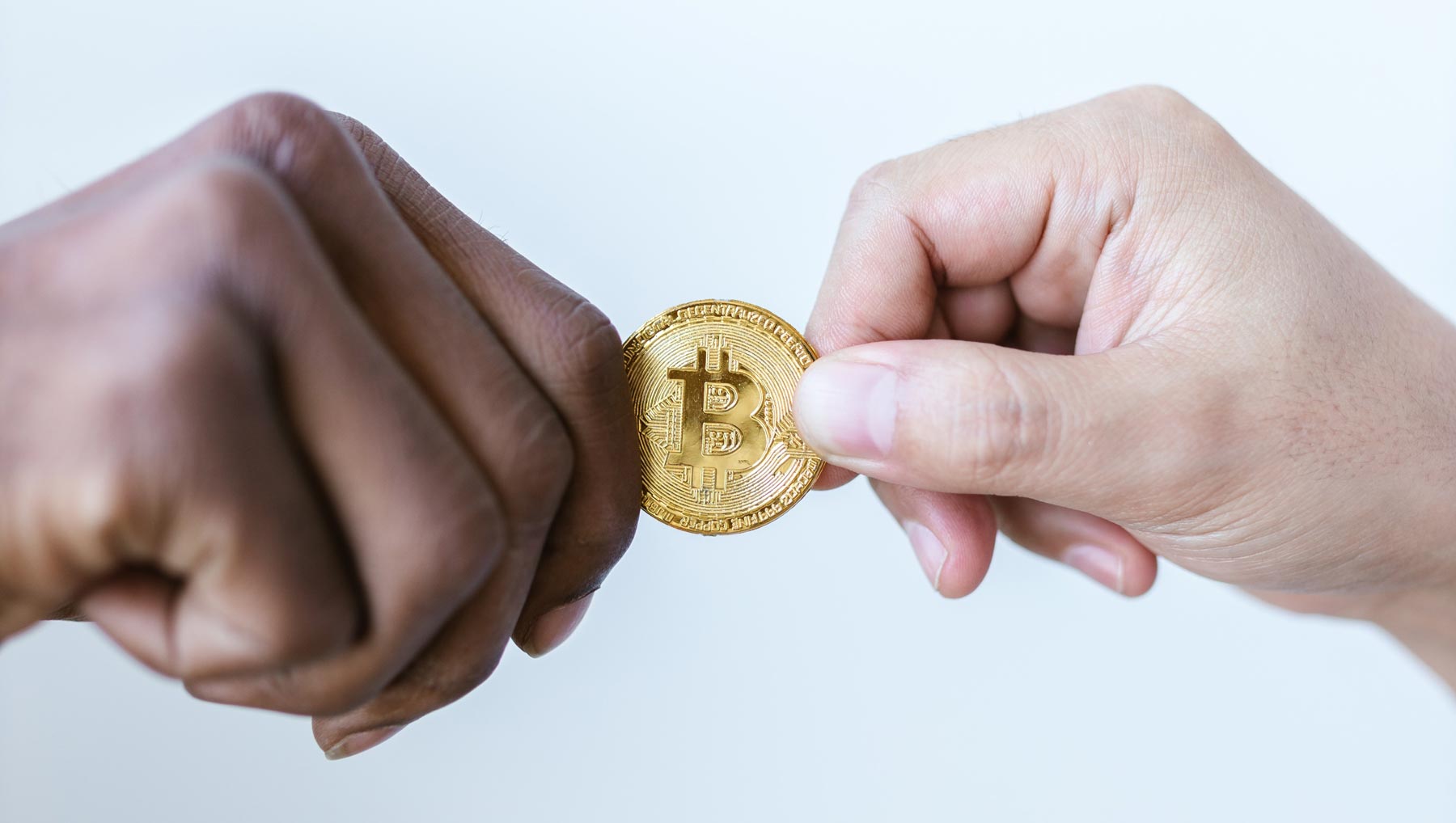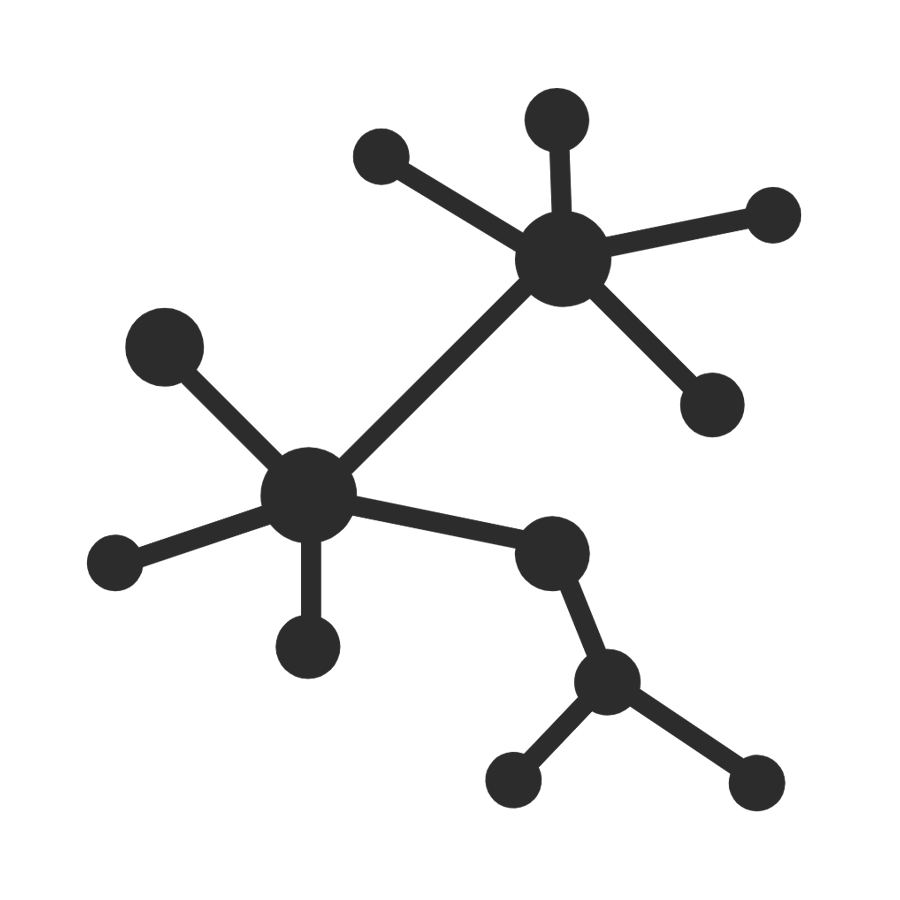How did Bitcoin introduce blockchain to the world?

What Bitcoin proved to the world
It is hard to escape conversations about Bitcoin and blockchain technology right now. What once was only talked about in the corners by the weird techie guys at the parties is hitting the mainstream.
How did Bitcoin gain all of this momentum? What is it changing about how the world is operating?
It is still very early in the blockchain story, but three things that Bitcoin proved about blockchain are:
- Trust the code not the management team
- Grow by ownership
- The power of network effects
Decentralized Networks vs Management Teams
Traditional economic activity is organized around corporations. If you have taken part of a business you will know that they have many different components - HR, marketing, accounting, etc. It's typically a top-down structure with senior management organizing all the component parts.
 Blockchains represent a different way of doing all of this. Instead of trusting responsibility to a small group of people in management, they create a large network that uses computer processing power to verify certain facts.
Blockchains represent a different way of doing all of this. Instead of trusting responsibility to a small group of people in management, they create a large network that uses computer processing power to verify certain facts.
Bitcoin does this with digital money but this approach can be used in many other areas - credit scores, verifying ID, titles for real estate and data storage.
What Bitcoin has taught us is to trust the code and the network and that we don’t need large traditional firms to organize our digital life.
Decentralized
An important aspect too many of the blockchains is that they are decentralized networks. Instead of a single point of control like big tech companies - data is spread out over a vast network of independent actors.
We have all seen action movies where they hack into a computer system to change the information in it - that is a centralized system. To ‘hack’ a decentralized system would mean hacking all of the 1000s of different points at the same time - a little harder to do 🙂
In the end, this means that there is no one party that controls all of the data, no central point of failure or attack, and that a company does not essentially own your data but instead it still belongs to you.
Grow by Ownership
So why would anyone come into the network? Well, they come into the network because they are incentivized with digital coins.
Just like you wouldn’t go to work unless you were paid, people will not give their computing power to perform the tasks of Bitcoin or any other blockchain unless they receive some value. In Bitcoin’s case they receive Bitcoins for being part of the network that validates the ledger.
In the same way, other blockchains will give out digital coin incentives for the various tasks people perform in maintaining the network.
The promise of the coins is two fold: the initial value of the coin as it is gained and the increased value (along with demand) as the network grows.

The Power of Network Effects
As people are incentivized to take part in the network a very powerful dynamic takes place: Network Effects.
In a traditional model a firm seeks to acquire customers through marketing and advertising. But in a thriving blockchain, the network naturally expands as people tell others about it. The more people use a certain blockchain, the more it grows, which only incentivizes an even greater number of people to share about it.
Every person who owns Bitcoin has an incentive to tell others about it, because as the blockchain becomes more popular it becomes more valuable. This is the ultimate referral bonus and encourages people to share it with others to the point the entire countries are now making Bitcoin legal tender.
Some may argue this is the same dynamic behind Ponzi schemes. But with most reputable blockchains there are no secrets: the code is open for all to see and every transaction can be traced and verified. As Ponzi schemes grow, there's pressure to cover up the fraud. But as blockchains grow, greater adoption generally has the effect of helping to make the product better for others to use. All of the creativity and brainpower of the network goes into wanting to make it better, because as they do more people will come and make it more valuable.
Of course, there are bad actors pushing blockchains with little practical use to create momentary network effects and turn a quick profit. Celebrities pushing a blockchain called "Ethereum Max" comes to mind. So you need to be careful what blockchains you invest into, but on the whole, most blockchain projects are solving real world problems with innovations that simply do not exist in Web 2.0.
Conclusion
Bitcoin has shown that there is a viable alternative to traditional corporations: it is possible to organize a group of people into a vast decentralized network and create something of value together.
As you look at our blockchain projects like Arweave and ArDrive these themes will keep on popping up, because they are a foundational to how they work.
Now blockchains have been used to make digital currencies (like Bitcoin), but they have also proved to be phenomenally useful at resolving other everyday problems like data storage.
This is where the Arweave network comes in and where our story continues.
